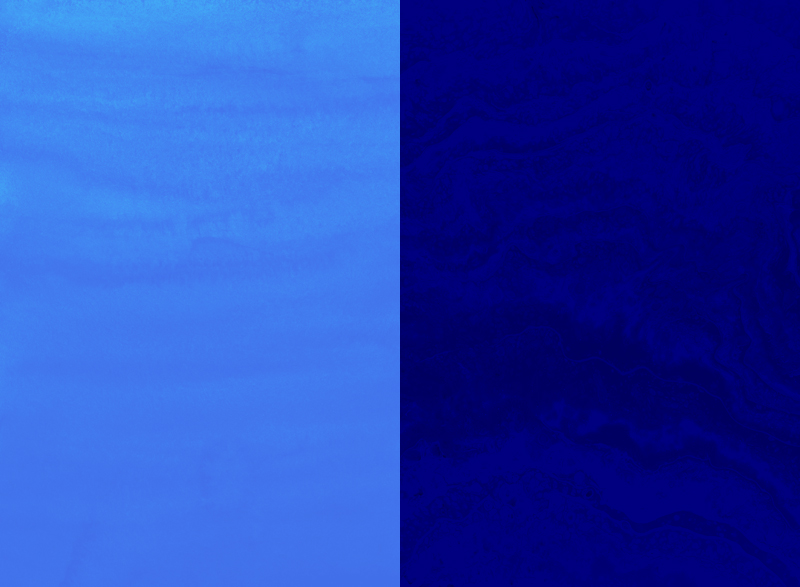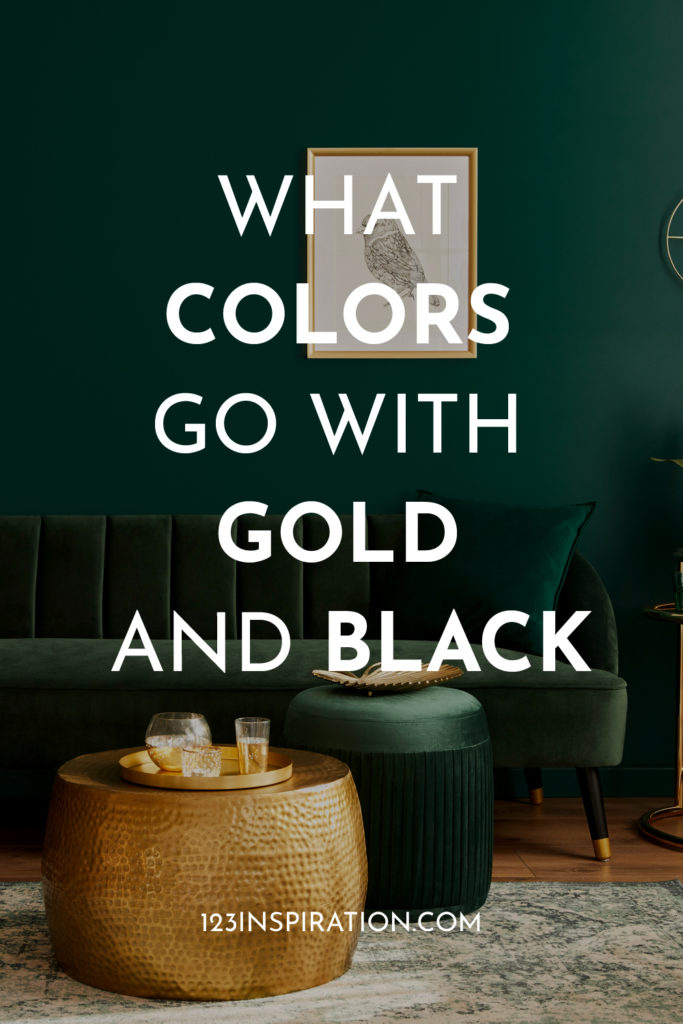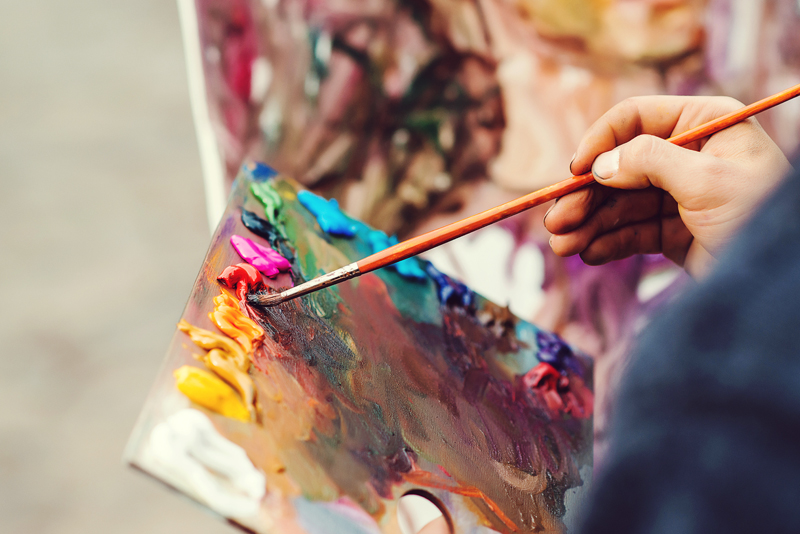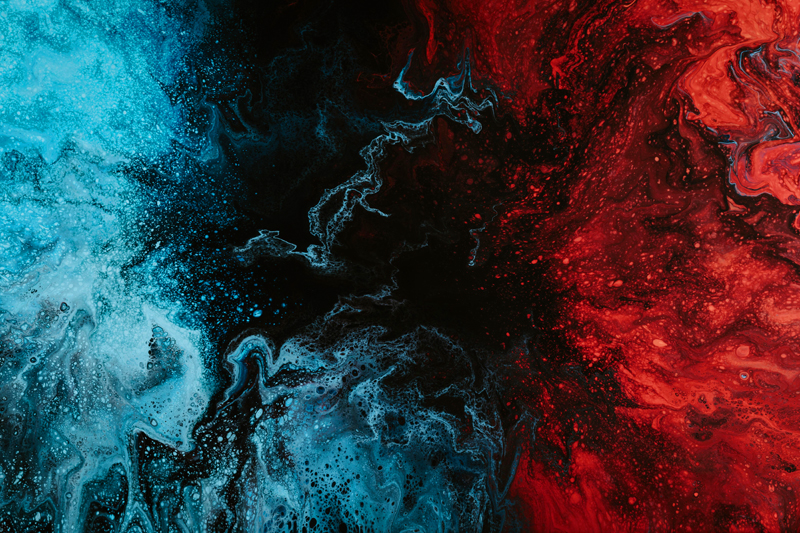
Colors make the world so much more beautiful. Imagine living in a colorless world of gray, white, and black. It just wouldn’t be the same. And one of the incredible things about colors is that you can mix them together to create new shades. So, what do the colors blue and red make?
Blue and red are some of the most common colors in the world. And when you combine them, you can get a completely different color. That’s so useful when you only have a few paints to hand. You can create a whole new color palette just with what you have to hand.
Whether you want to dive deeper into color theory or mix your own paints, read on. We’ll dive into what happens when you mix red and blue!
Color Temperature: Blue vs. Red
Blue and red are both bold, bright colors. But they are very different from each other!
Blue is a color often associated with water. It creates a calm, tranquil atmosphere like the ocean waves or a trickling stream.
In contrast, red is a rich, passionate color. It’s associated with fire and can evoke feelings of anger, passion, love, and power.
When it comes to color temperature, blue is a cold color. But red is a warm color on the opposite end of the spectrum.
So, these two colors are strong and intense in their own ways. As a result, it’s even more interesting to see what you get when you combine them.
What are primary colors?
Before we go any further, it’s important to understand how colors work. Blue and red are two of three primary colors, the third being yellow.
You probably remember this from your art lessons in grade school. But what exactly are primary colors?
Basically, primary colors are colors that you can mix to create other colors. However, the reverse isn’t true. You can’t make primary colors by mixing other colors together. It just won’t work. So that means you can’t make a true yellow, red, or blue by combining other pigments.
When we mix two primary colors, we get a secondary color. And by mixing secondary colors, you’ll end up with tertiary colors.
A simple way to understand primary, secondary, and tertiary colors is by looking at a color wheel. This tool is also helpful if you want to create a complementary color palette.
You can create all the colors you see on the color wheel by combining the primary colors in a certain way. Knowing this gives you the potential to mix any color you can imagine – an essential tool for any artist!
So, what do you get when you combine red and blue? Let’s find out!
Red and Blue Combined Makes What Color?
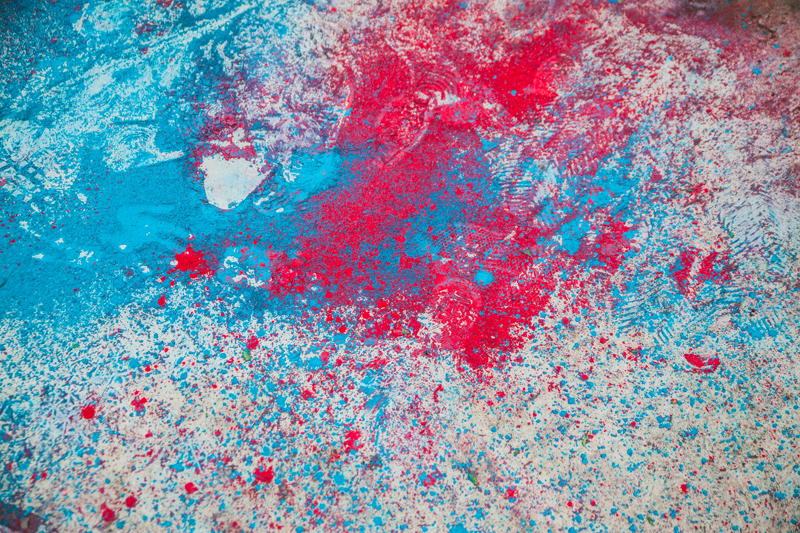
As red and blue are primary colors, you can’t make them by mixing other colors together.
However, you can mix red and blue together!
When you mix blue and red, you’ll get some sort of purple. The exact shade will depend on what type of blue and red you used. As there are loads of different shades of blue and red, there are a lot of possibilities.
You can probably name lots of purple shades. For example, there’s violet, lilac, aubergine, fuchsia, and magenta. Check out my guide to 70+ names for purple here for more inspiration!
How to Mix Red and Blue Paint
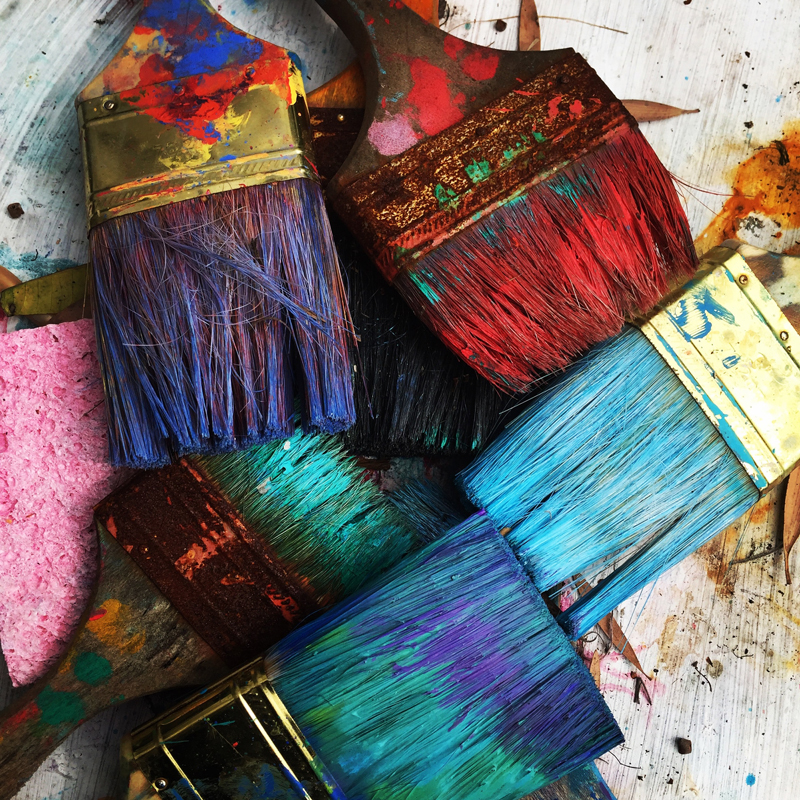
So, now you know the theory behind mixing colors, and you want to have a go for yourself.
You can do this with any kind of paint, from watercolors to acrylics and gouache. The effect should be the same. I recommend choosing a medium you’re familiar with and use a lot.
It’s best to start with equal amounts of red and blue paint. Then, when you mix them together, you’ll get a violet shade. This is a true purple color that’s exactly between red and blue on the color wheel.
So, what happens if you don’t have an equal ratio of blue to red? If you add more blue paint, you’ll get a blue-violet color. This shade will fall on the cool side of the color wheel as blue has a cold temperature. It will also look brighter and have strong blue undertones.
In contrast, if you add more red, you’ll get a very different result. You’ll end up with a rich, warm, earthy shade of purple. Thanks to the extra red pigment, it will have red undertones and can even look a little brown.
The exact shade depends on what blue and red shades you start with. So, let’s look at a couple of examples.
Alizarin Crimson + Ultramarine Blue
This color combo mixes a rich red shade with a bright blue. However, Alizarin crimson already has blue undertones. So, when you combine these two colors, you’ll get a purple-gray color. It works well if you want a muted purple, but it might not be what you had in mind.
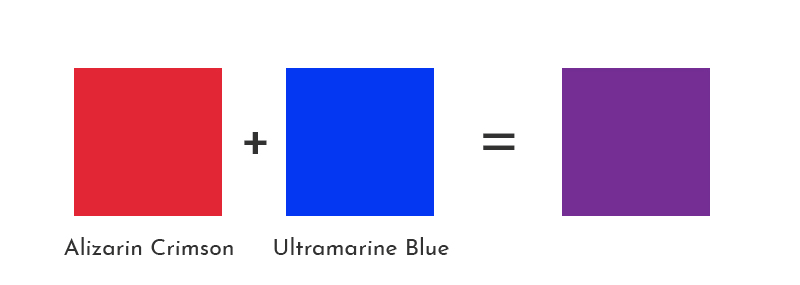
Alizarin Crimson + Cerulean Blue
You can try swapping ultramarine blue for cerulean blue if you want a richer purple color. This lighter shade is a much better color to combine with alizarin crimson. As a result, you’ll get a lovely, bright purple.
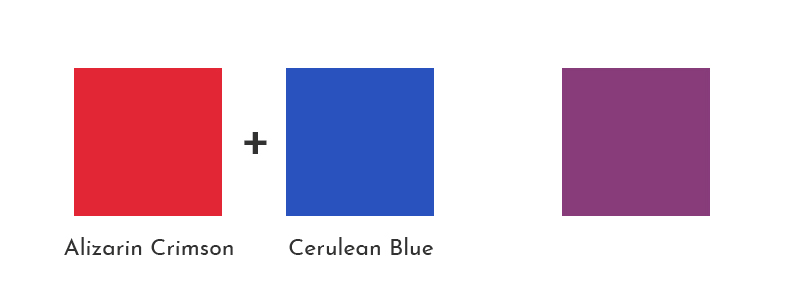
Permanent Rose + Ultramarine Blue
Another alternative is to use this light red, confusing called permanent rose. Mix it with ultramarine blue, and you’ll get a purple/violet color.

There are so many different paint shades you can use. My best tip is to try them out for yourself and experiment with various combinations. Then, you’ll know what to expect when mixing colors for your artwork.
Mixing Blue + Red + White
Once you’ve created your purple shade, you can lighten it by adding white paint. Mix in a drop at a time until you get the desired result.

Mixing Blue + Red + Black
The same goes if you want to make your purple color darker. You can gradually add a little black paint to the mix.
But be very careful that you don’t add too much – it’s easy to be too heavy-handed! And once you add too much black paint, it’s hard to go back and remove it again.

A safer option than adding black is to mix in a little more dark blue paint. As it’s a darker shade, it will make your purple look darker too. But keep your color ratio in mind, so you don’t alter the shade too much.
Mixing Red and Blue Light
Most of this article refers to mixing red and blue pigments, as that’s what most artists need to know. But there’s a crucial difference between mixing pigments and mixing light.
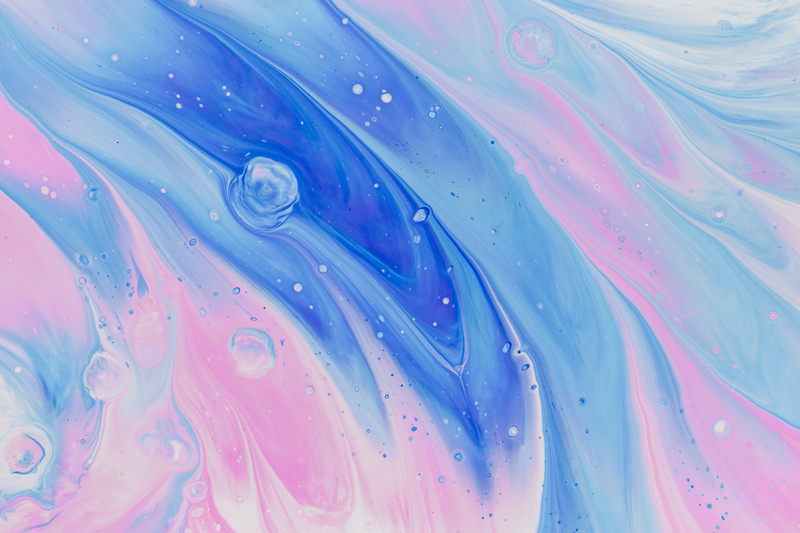
The essential thing to understand is that light uses an additive color system. That means when you combine all the primary colors, you end up with white.
In contrast, when working with paint, you’ll get black if you mix all the colors. We refer to this as the subtractive color system.
So, when you combine blue and red light, you get magenta. Although violet and magenta are similar, they are not exactly the same. That’s handy to know if you ever need to mix different light colors.
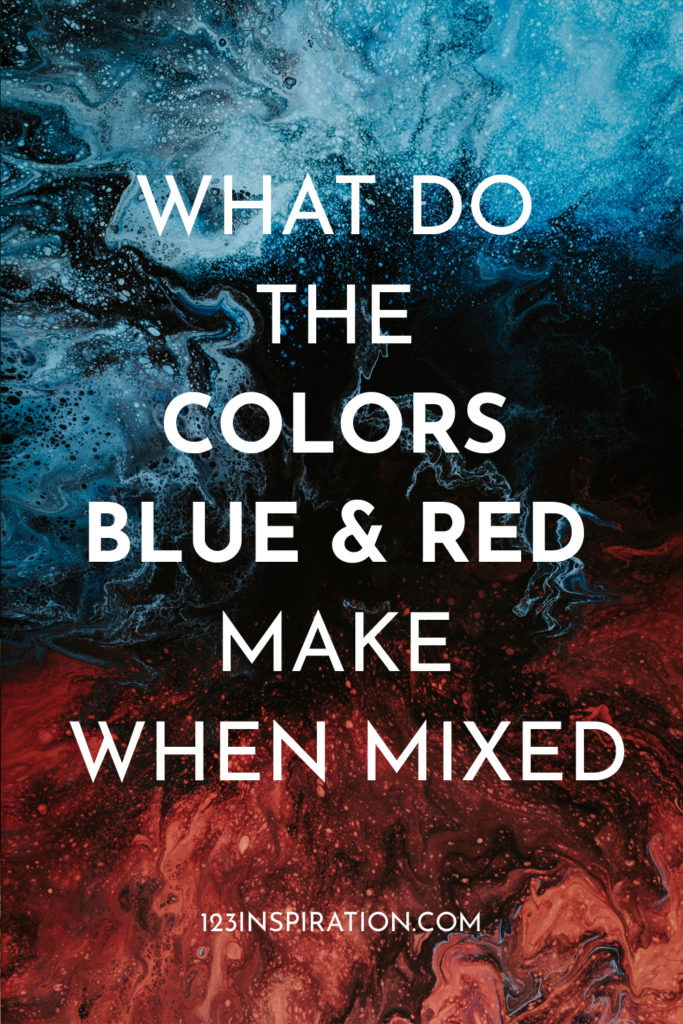
The Wrap Up
So, now you have a good idea of what happens when you have a red-blue combination. You can mix these two primary colors to make all sorts of purple shades.
When you mix red and blue pigment, you’ll get violet. Add some blue, and you’ll create a cooler blue-violet shade. But add more red, and you’ll get a warm red-violet color.
As this is one of the most basic aspects of color mixing, it’s useful to know. It will help you become more confident in mixing paint and blending colors.
Then, you can build on this knowledge by diving deeper into our color theory guides.

